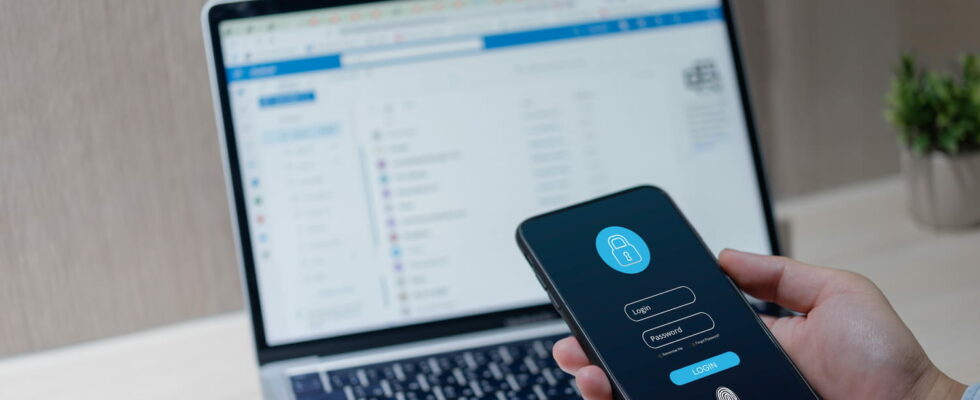Hackers have multiple techniques to access your data. But there is one thing that you use every day that they are particularly interested in.
There are many computer scams today. Whether it’s the good old fake SMS, identity theft or falsified QR code, hackers show great ingenuity when they want to consult and steal your personal data. Obviously, their more or less long-term goal is to be able to access your most sensitive information, starting with your banking data to extract money from you. But to do this, they often need to reach a specific first tool that you should protect at all costs.
We tend to neglect it, but it is access to your mailbox which is often the first step in the most painful hacking. In many cases, hackers will try to access your personal email in order to subsequently reach other services. When you think about it, it’s quite logical: the majority of your personal accounts, with merchants, operators, public services, or even at your bank, were created from your email address. If a hacker has managed to penetrate your mailbox, sooner or later he should be able to connect to many other services.
At issue: the “Forgotten password” function used by many services and which consists of reconfiguring a password by entering a simple email address. Once the link used to create a new password is sent to your email and retrieved by a hacker, it will be easier for them to connect for you. Not to mention the connection validations, which are also sent… to your mailbox!
This is why the platform that you must protect as much as possible is indeed your email box. The latter must therefore have a strong username and password. It is also strongly recommended to change your email password from time to time (if possible every 6 months) and to check on sites like haveibeenpwned if your account is compromised or affected by a recent security breach. As a reminder, a good password is long, complicated to guess, has lower and upper case letters, numbers and special characters. Above all, it should not refer to something close to you, such as a birthday or the first name of one of your loved ones.
For even more effective protection, some mailboxes offer double authentication. This allows new connections to be confirmed via SMS or another email address. To find out how to add this protection, simply type “double authentication” and your email service into Google to find out how to do it.

